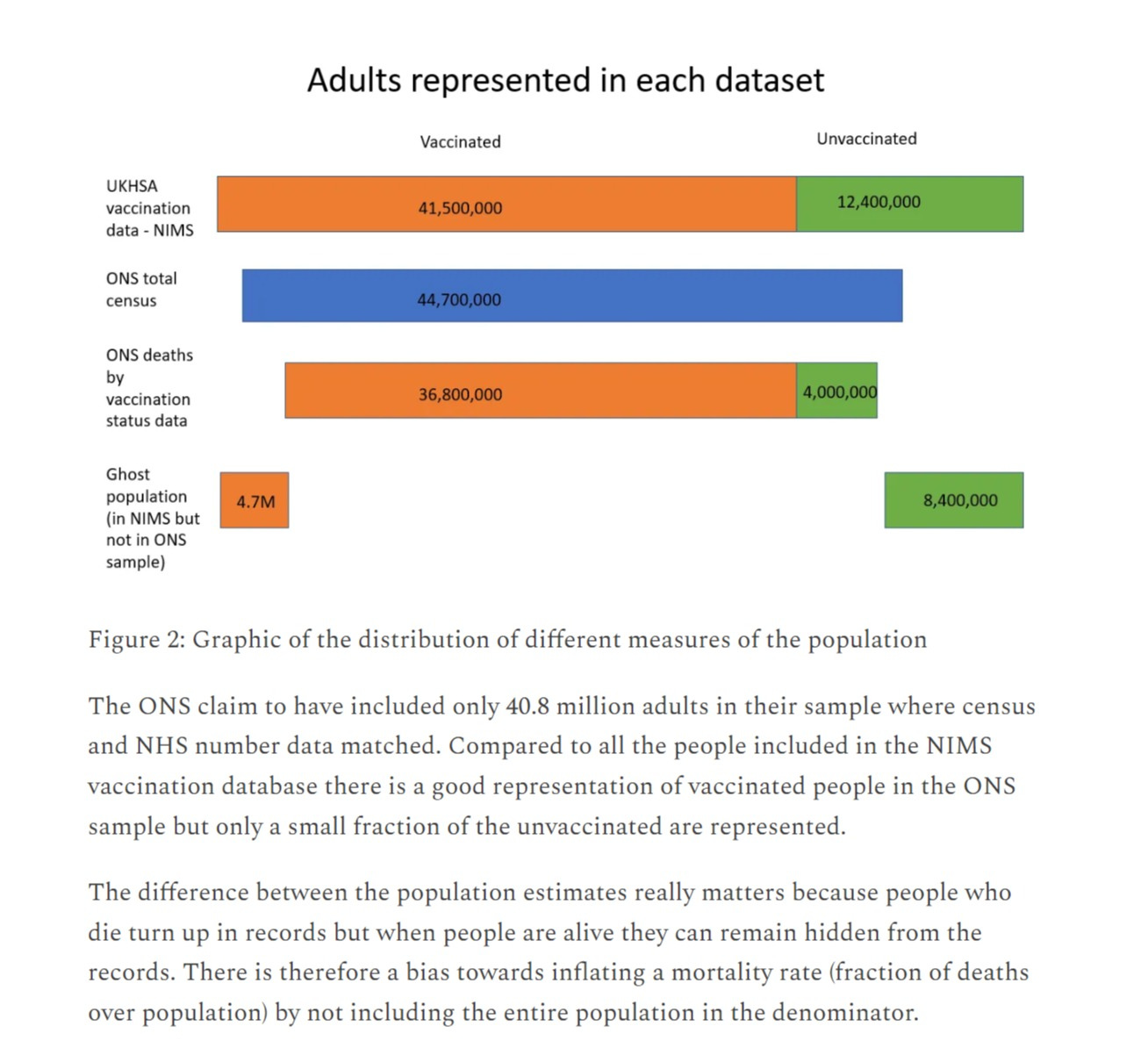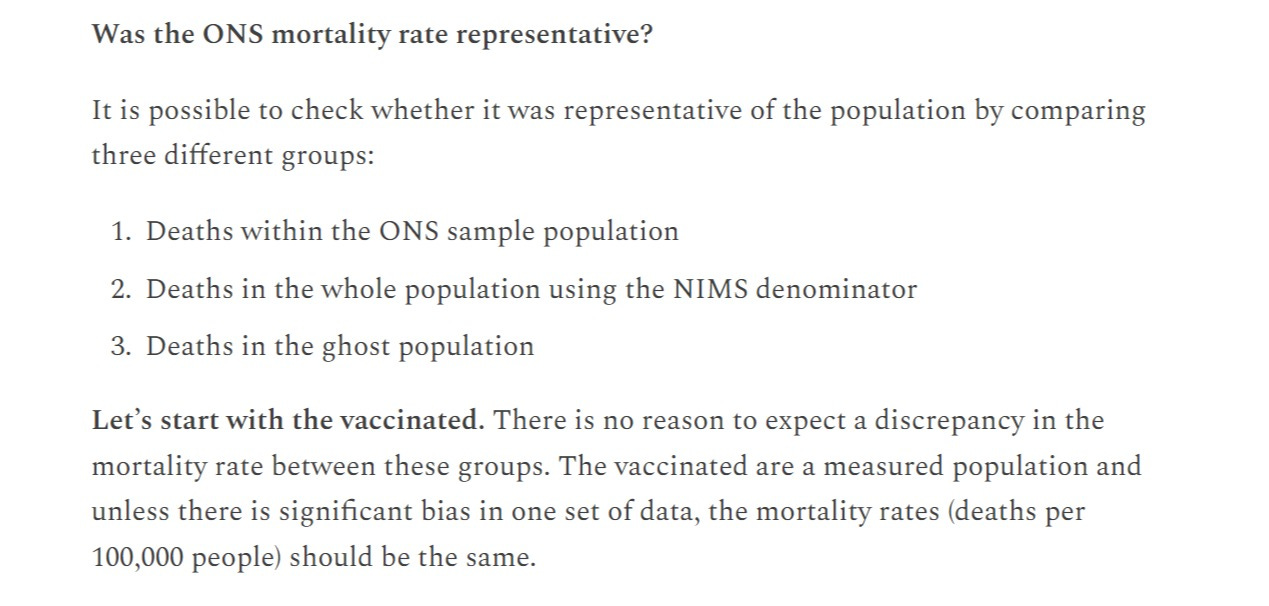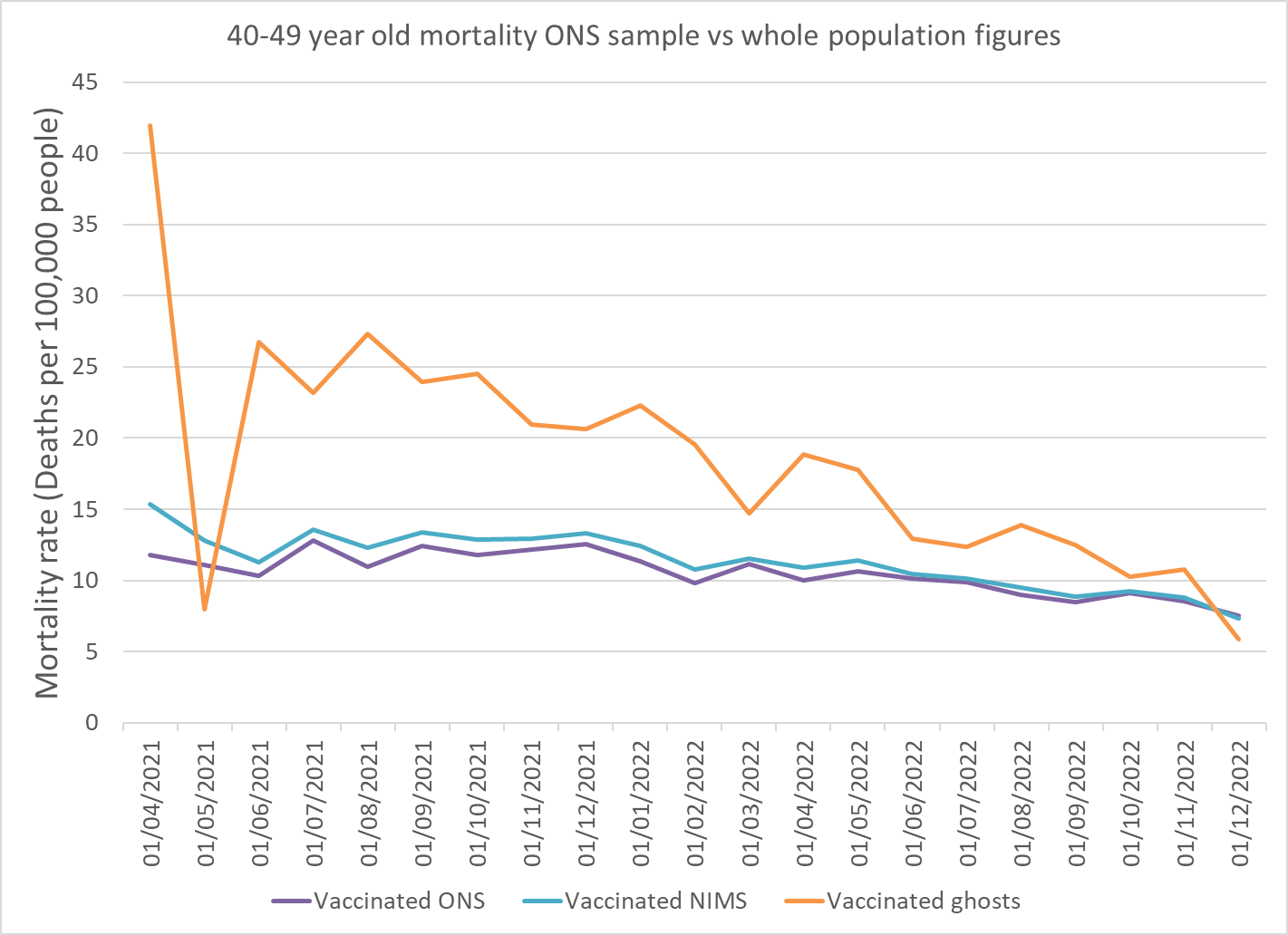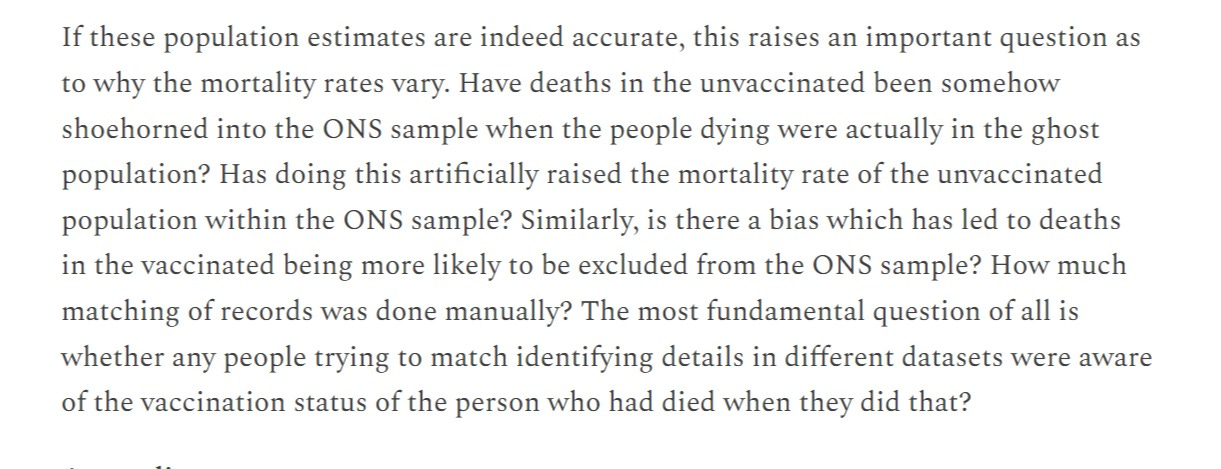perhaps the state should not collect the data we use to decide if its policies are working
more looks at data, more apparent mischief
you know me, always banging on the drum of “free and open data.” and it’s really not that exotic an idea or occult an exigency.
we probably should not have governmental data at all.
the simple fact is this:
allowing the state to collect and present the data that is used to determine how well its policies are working is a grievous conflict of interest.
the temptation to place thumbs upon scales or outright lie is simply too immense and the technocratic machinery of simple things like counting people, measuring temperature, determining inflation or employment, or monitoring bad reactions to drugs all winds up captured and bent to serve those in power.
democracy dies in data adulteration.
it’s as certain as sunrise and as inescapable as gravity.
the incentives assure the outcome.
and if these is one thing the internet age has laid plain, it’s that the private sector and private actors can do it better, faster, and more accurately.
they can also do it more honestly, because unlike their governmental counterparts they are going to face competition, adversarial review, and must convince rather than compel. they don’t get to have data monopolies. and this returns consumer sovereignty to the data consumer. and it’s long past time. because what we are being fed looks ever more like fiction than fact.
i spoke yesterday about the UK ONS data.
well, it’s nice to have pals and clare craig really knocked the cover off the ball with this one.
if you want to see some truly excellent work, read this:
this is a smoking mass of musketry that the ONS data cannot be trusted on covid vaccines and (at least to my mind as i do not wish to put words in clare’s mouth) shows evidence of such deliberate slant as to rise to the level of malfeasance and deliberate misrepresentation and not mere incompetence.
first, i’d like to express my gratitude for pointing out something that had been mis-explained to me: the UKHSA data is NOT subset data.
it is actually superset data. it is larger and more inclusive than the ONS data and it is, in fact, the ONS data that is managing to exclude lots of people and likely has a large bias toward missing lower classes and immigrants (who are lower vaxx) in its population count. (because they do not respond to the census)
she terms those missed and excluded by ONS protocols and census matching “ghosts.” the ONS census reached 53.4mm people in 2021, quite a lot fewer than the UKHSA NIMS database that captures 63.5 million english people over the age of 5.
she creates a wonderful graphic that really lays the issue plain:
and here we see in actual enumeration the issue i was seeking to back into yesterday: the ONS disproportionately excluded the unvaccinated. this is how they got their relative denominators wrong and vastly overstated base rate risk.
they captured 89% of the vaccinated from the UK HSA sample but a shockingly low 32% of the unvaccinated.
this means that their vaxxed cohort would need to be roughly 3X the size to reach parity. assuming that death capture and population capture are the same, this could (theoretically) not matter in terms of relative risk but clare goes on to show that this the dataset is not remotely close to representative and that in every instance slants to favor vaccine.
just who got “ghosted” appears to be heavily biased.
she has lots of data on this so i’ll just pick one cohort to be representative:
and this is how we know there is massive bias here.
vaccinated people in ONS had a mortality rate a bit lower than NIMS, maybe 10%. but look at the “ghosts” who were excluded from the ONS sample. they are showing MUCH higher rates of death. the worst folks got excluded. this makes vaccine deaths per capita look lower by excluding 13% of the cohort that had maybe twice the death rate overall.
this flips when they assess the unvaxxed.
compare the blue line to the green. those excluded from the unvaxxed deaths by ONS were maybe half the risk of those included. and they were a high % of group. and all the excluded ONS vaxxed were the very high high risk vs those included.
they are slanting this on both sides to pull the curves apart. one of these two might be selection bias for having an NHS record if you are sicker etc, but to see them pull in opposite directions like this makes such a scenario far less plausible.
that starts to smack of skullduggery.
and it shows that the ONS data is not only non-representative, but highly slanted.
clare ends with just the questions one would like to see answered:
indeed.
the bottom line here remains:
we simply cannot trust these purported watchmen to watch themselves. they are neither competent nor trustworthy to the task.
and they are going to keep doing this to us, over and over.
i know people get the warm and fuzzies from this idea of serious people in serious buildings doing the serious work of data collection and analysis and keeping us safe, but it’s just a fairytale.
it’s never going to happen, we just used to not notice how bad it was.
maybe once one could have argued it was better than nothing, but this is manifestly no longer true. these agencies have become witting malefactors. and because thinking you are protected when, in fact, you are not is more dangerous than knowing you are at risk and acting accordingly, we’d almost certainly be safer without them.
“end them all tomorrow” is probably a politically unattainable goal. but “make all public data open, assessable, and auditable right down to the source materials and methods” seems an idea that is within reach.
if these agencies are as competent as they claim, let them prove it in real, open peer review of their every process and paperclip.
i’m willing to give them a chance.
but if they won’t, well, that would be quite telling, no?











When I was an undergrad, I had an internship at a Federal Agency. My summer task was to look at certain data and detect trends. I brought to my boss the data that showed there were two deaths out of 100,000 in one year, and the next year there were three deaths out of 100,000. So, even if you’ve never had a course In statistics, you can see that there was no ‘statistically significant’ increase, right? But my boss exclaimed, “Great! That’s a 50% increase - we can get funding to study that!”
That sums up the ‘government mindset’ right there. Yikes.
You don’t believe data—you test data. You're genuinely screwed the moment you decide that data is something to be used to substantiate words like believe or disbelieve.
In other words; if it's not falsifiable it is digital detritus.